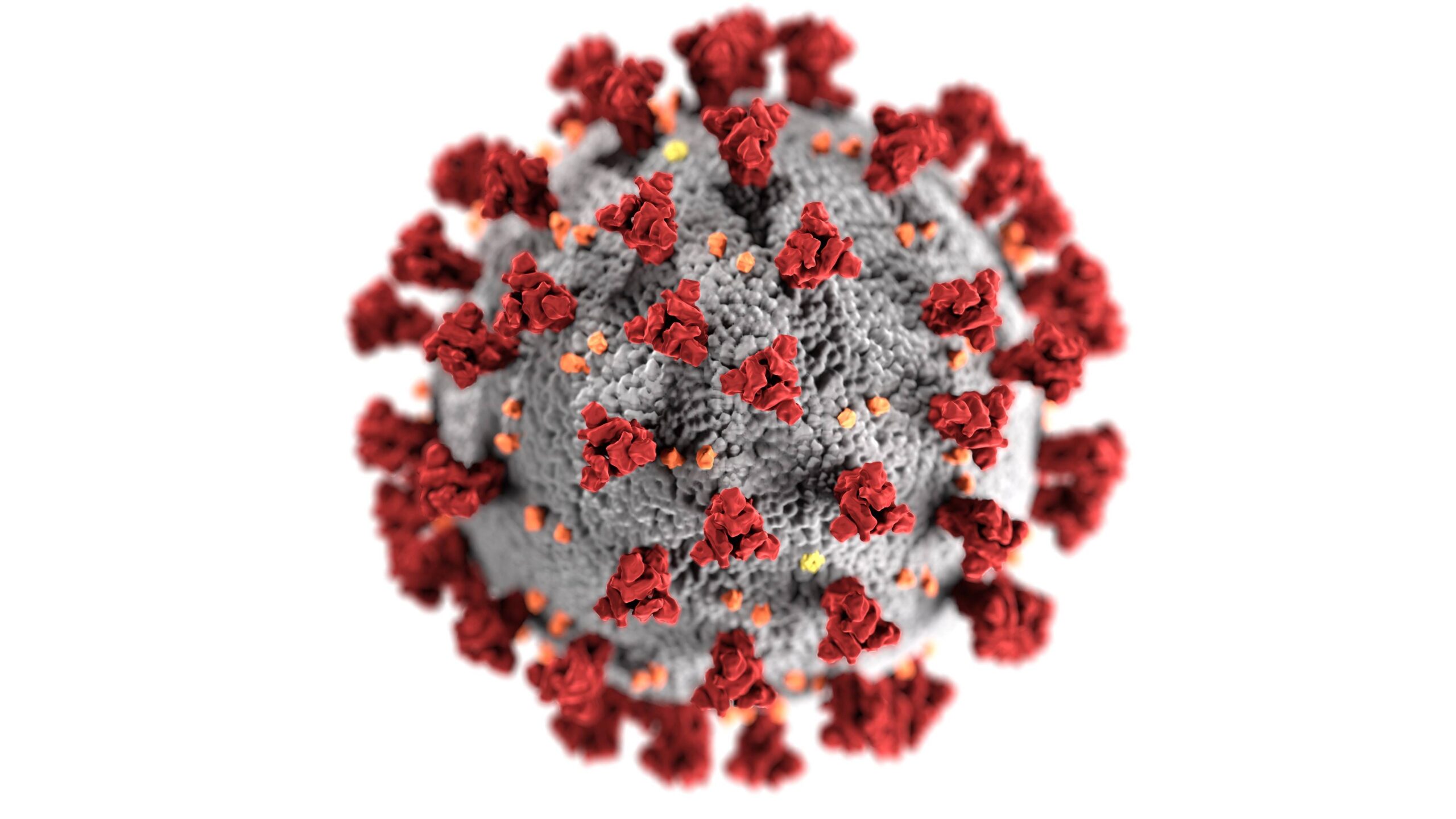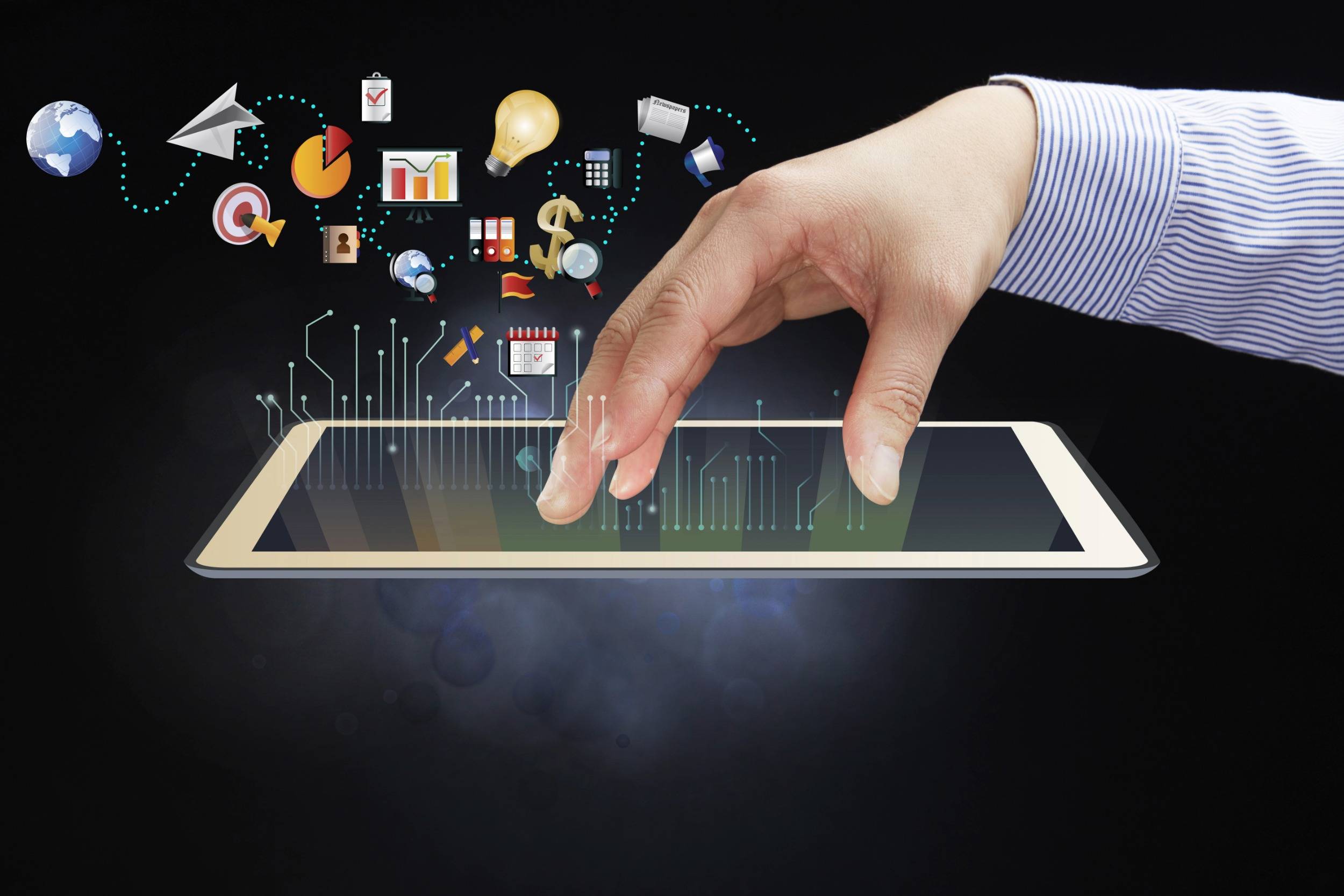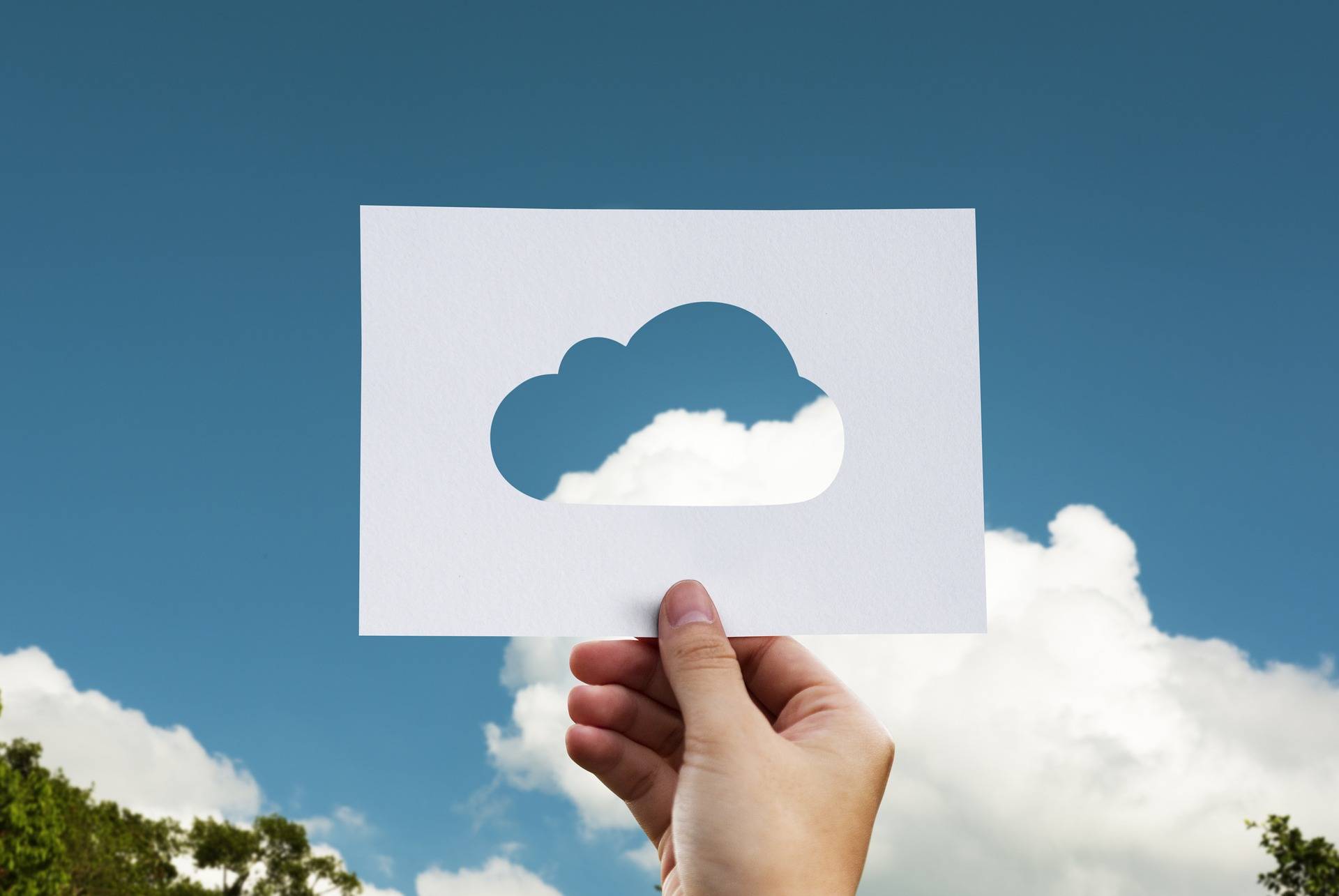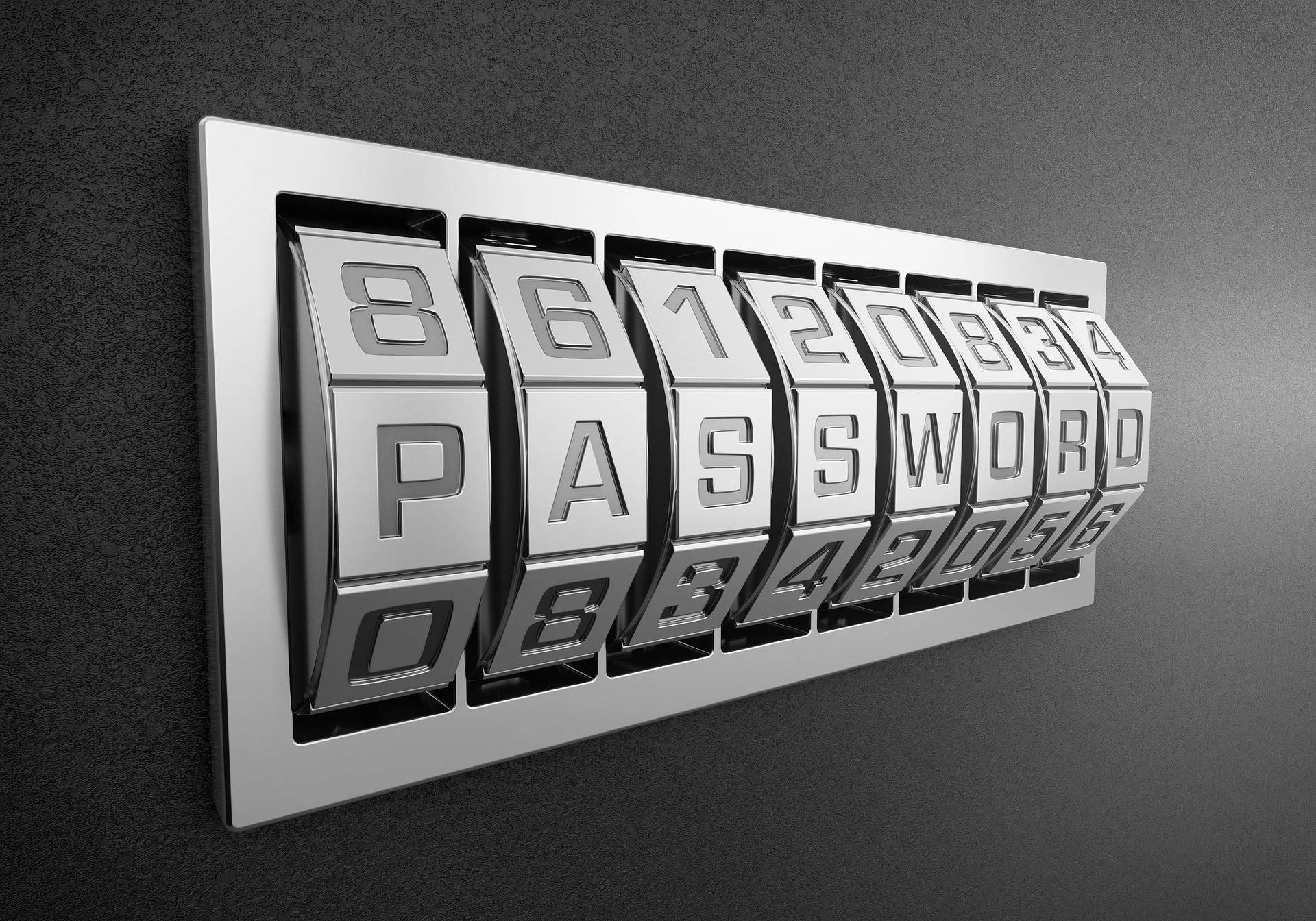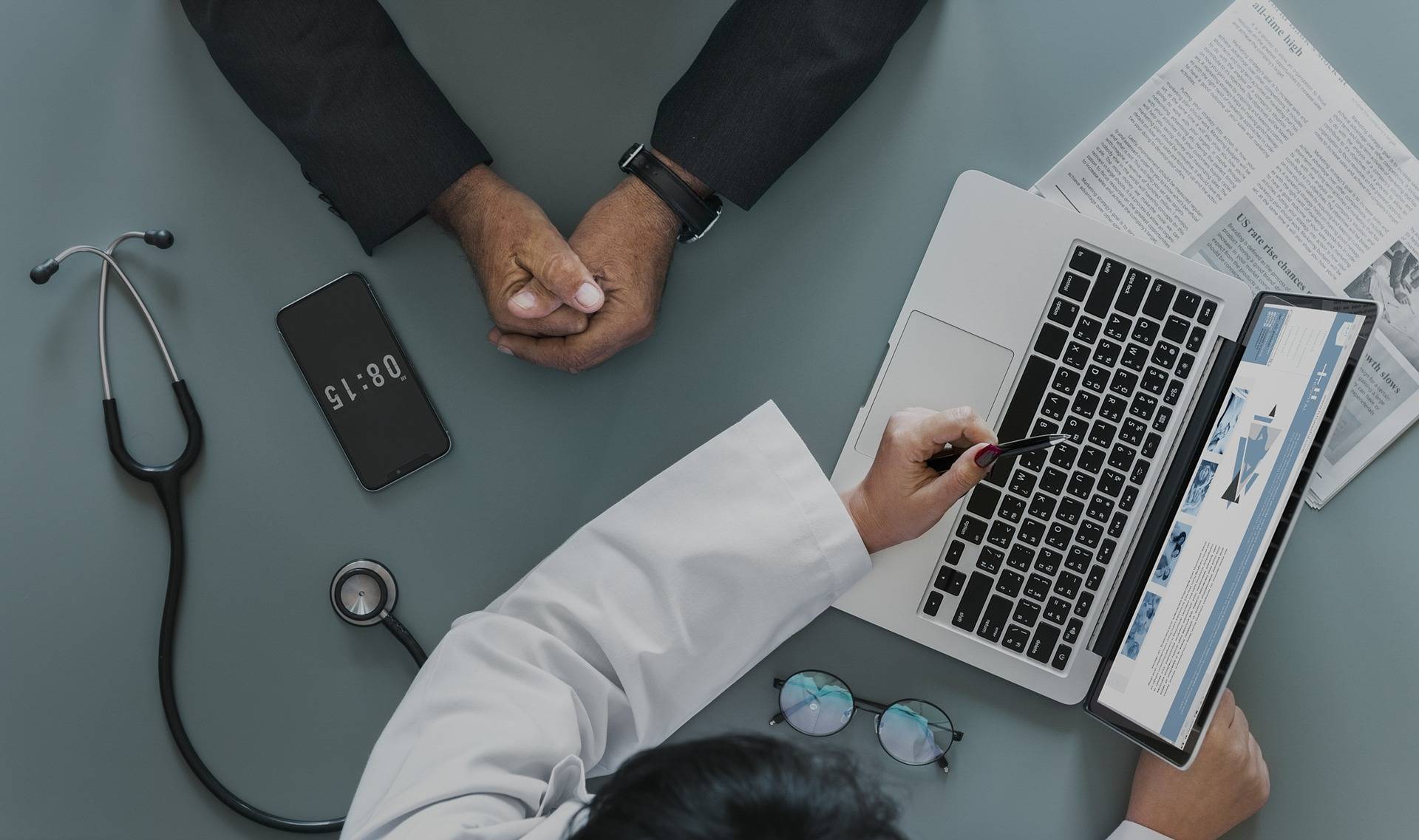Combatting COVID-19 with Connected Medical Devices
Connected medical devices help lead the technology attack on the novel coronavirus.
The novel coronavirus and its associated COVID-19 disease have disrupted daily routines, upended lives, and drastically changed basic functions in our society.
A pernicious disease, COVID-19 must be battled on many fronts and with medical expertise from different disciplines. Technology is one area that can be harnessed to help fight the disease.
“During World War II, aviation technology advanced a couple of decades in about five years,” noted Chris DuPont, CEO, and co-founder of Galen Data. “It was imperative to defeat a clear and present enemy—and we and our allies did. In the same way, we’re facing a new enemy – the COVID-19 virus – and I feel we’re experiencing a similar technology revolution in regard to connected medical devices.”
The role of medical technology in fighting coronavirus
Anyone paying attention to the news, social media, or their LinkedIn page realizes the key role medical technology is playing in fighting the COVID-19 virus. Technology is providing critical tools without which medical science would be helpless.
Much of the popular focus is on companies developing treatments and vaccines. We also read much about companies creating new diagnostic tests (e.g., Abbott Labs), and also companies administering those tests such as Quest Diagnostics and LabCorp. The U.S. manufacturing sector quickly retooled assembly lines to build ventilators. Finally, a growing number of manufacturers across diverse industries are producing personal protective equipment (PPE).
Beyond the limelight are medical device companies playing a vital role. Through their connected technology, they are contributing to victory over the current invisible enemy. Generally, medical devices are leveraging technology in the following areas:
- Remote monitoring
- Telemedicine
- Diagnostic testing ( for the virus and for antibodies)
- Infection control and prevention.
We are seeing significant advances in these areas in three primary ways:
- Core technology – Timelines for development, testing, and authorization of devices have decreased by orders of magnitude. While there are certainly risks by compressing prescribed processes, the potential benefits are judged to outweigh them. You might say: “necessity is the mother of rapid invention!”
- Use cases – Repurposing and reconfiguring existing solutions also result in immediate benefit. Analogous to using automobile assembly lines to manufacture ventilators, new and broadened uses for connected medical devices are leveraging the time and expertise of physicians and nurses.
- Acceptance – Delivery models previously considered “cutting edge” are quickly becoming commonplace. Thousands of Americans experienced their first telemedicine visit over the past few weeks. Small profile monitoring devices replacing larger (and more expensive) monitoring equipment is readily accepted. The health care paradigm is rapidly changing.
Device Connectivity: A Force Multiplier
Remote monitoring technology for vital signs has existed for years. But for the most part, the resulting physiological data was uploaded only periodically and reviewed after the fact, often hours or days later. Because of this delay, its usefulness was limited.
In today’s world, real-time monitoring can result in the availability of continuous data which provides considerably greater clinical value. In October 2018, Nursing Times published a series of articles focusing on the benefits of combining remote and continuous monitoring. It recognized that “changes in respiratory rate often occur in advance of other vital sign changes, such as heart rate or blood pressure.” The implications for monitoring moderately ill COVID-19 patients are considerable.
The key concept here is connectivity, which is translating to a timelier transfer of a richer data set. Better clinical assessment and quicker response time is the result.
“Connected vital sign monitors both extend and multiply the reach of a physician,” states Xina Quan, Ph.D., Co-Founder and CTO of PyrAmes. Her company is developing a unique sensor platform that provides continuous blood pressure and heart rate monitoring in a lightweight, compact wristwatch form factor. As an alternative to arterial lines and inflatable cuff-based blood pressure monitoring systems, its remote monitoring value results from its accuracy and ease of use, and is an example of the changing health care paradigm. “Instead of relying on limited health information with gaps of days or weeks between data sets, connected devices allow physicians to access a richer set of data, more often to better assess patient health and personalize treatment,” Quan observes.
Companies like PyrAmes are finding that physicians and nurses prefer the non-invasive and continuous collection of vital sign information. These companies are helping transition clinical assessment from the traditional scenario of a single patient and provider in the same room at a clinic, to connected devices allowing physicians to monitor and assess multiple patients across a wide geographic distribution.
The resulting efficiency (of smaller, less expensive, and much more portable devices) and safety (distant monitoring eliminates direct contact with patients) are especially valuable in treating COVID-19 patients.
Call for innovative, new technology
While many of the core technology, use case, and acceptance advances being spurred on by COVID-19 are occurring naturally (e.g., device manufacturers recognizing specific opportunities), government organizations also recognize the opportunity presented by the current pandemic. Their call is for start-up companies to contribute their ingenuity and technology.
For example, in March 2020, the European Commission encouraged start-ups’ “technologies and innovations that could help in treating, testing, monitoring, or other aspects of the Coronavirus outbreak” to apply for grant funding.
Case Studies of medical devices for COVID-19
Although it has only been since January 21, 2020, that the first case of COVID-19 was confirmed in the United States, several medical device manufactures have implemented their technologies in the fight. Other technologies are on track to address COVID-19 in the months to come. Below, we quote directly from several references:
Virtual Hospital. “Australia’s first ‘virtual hospital’ for COVID-19 patients is established to treat coronavirus patients from their homes. Patients who present at the Armidale Hospital emergency department … and who otherwise would have needed a hospital bed, will be allowed to go home with sophisticated machines (i.e., connected medical devices) to monitor their vital signs. A team of doctors, supported by an artificial intelligence program, will check up on them and bring them into hospital if their conditions worsen.” Obviously, providing inpatient quality of care to COVID-19 patients at home helps “flatten the curve” tremendously and addresses the benefits of having loved ones nearby.
Detection Biosensor. PathSensors’ CANARY biosensor is being developed to detect SARS-CoV-2, the causal agent for COVID-19. Among its applications is “…air monitoring in sensitive spaces such as hospitals, offices, food services.”
Connected Hand Sanitizer. Sterilogy “has patented a compact body-worn hand hygiene compliance system that alerts the user … to use the hand sanitizer, and then automatically records the dispensing event into Sterilogy’s cloud allowing … compliance rates in real-time.”
Diagnostic Accessibility. mFluiDx is developing a low-cost microfluidic diagnostic to detect COVID-19 in under 15 minutes in decentralized settings. Their chip is as simple and cheap as paper tests, yet has DNA/RNA level sensitivity able to diagnose onsite.
Beyond COVID-19
The future of core technology holds far-reaching promise. Advanced Telesensors is maturing its existing Cardi/o®️ remote vital sign monitoring technology to provide non-contact monitoring of heart rate, respiratory rate, heart rate variability, and body temperature—it literally senses these vital signs at a distance without the patient wearing any type of device. Dr. McCoy’s tricorder is right around the corner–figuratively and literally!
COVID-19 won’t be that last viral pandemic the global society faces – that’s without question. Therefore the question becomes: How much of what we’re (still) learning now will we implement in order to be better prepared when the next virus hits? Connected medical devices play an important role in answering that question.
We’re fighting a war right now against an unseen adversary. Sadly, many lives are being lost. But the tremendous and rapid advances we’re making now in many areas of medical technology – especially connected medical devices – will reap benefits for many years.
The Galen Data team with over 40+ years of experience providing compliant software to the medical device industry plays a critical role in the fight. We have designed, implemented, and deployed a broad range of solutions for FDA-compliant Web connectivity. Our expertise includes medical technology connectivity, privacy and security, and regulatory compliance.
Galen’s cloud-based solutions are compliant to FDA, CE Mark, and Health Canada design controls. They are designed under an ISO 13485, IEC 62304, ISO 14971 compliant Quality Management System, and adhere to HIPAA and GDPR regulations.
Out of necessity, the connectivity of medical devices—and digital health in general—is being woven into the fabric of our health care culture.
About the author:
Keith C. Drake, Ph.D. is Vice President of Business Development for Galen Data. His dissertation research developed advanced image analysis techniques for military target acquisition. His 35-year career includes developing AI-based decision aiding technology in the US Air Force research labs at Wright-Patterson AFB, NIH-funded research in heart rate variability to diagnose the early onset of sepsis in neonates, and applying data analysis and management technologies to medical diagnostic data and information. He currently helps medical device companies transition to cloud-based connectivity.


